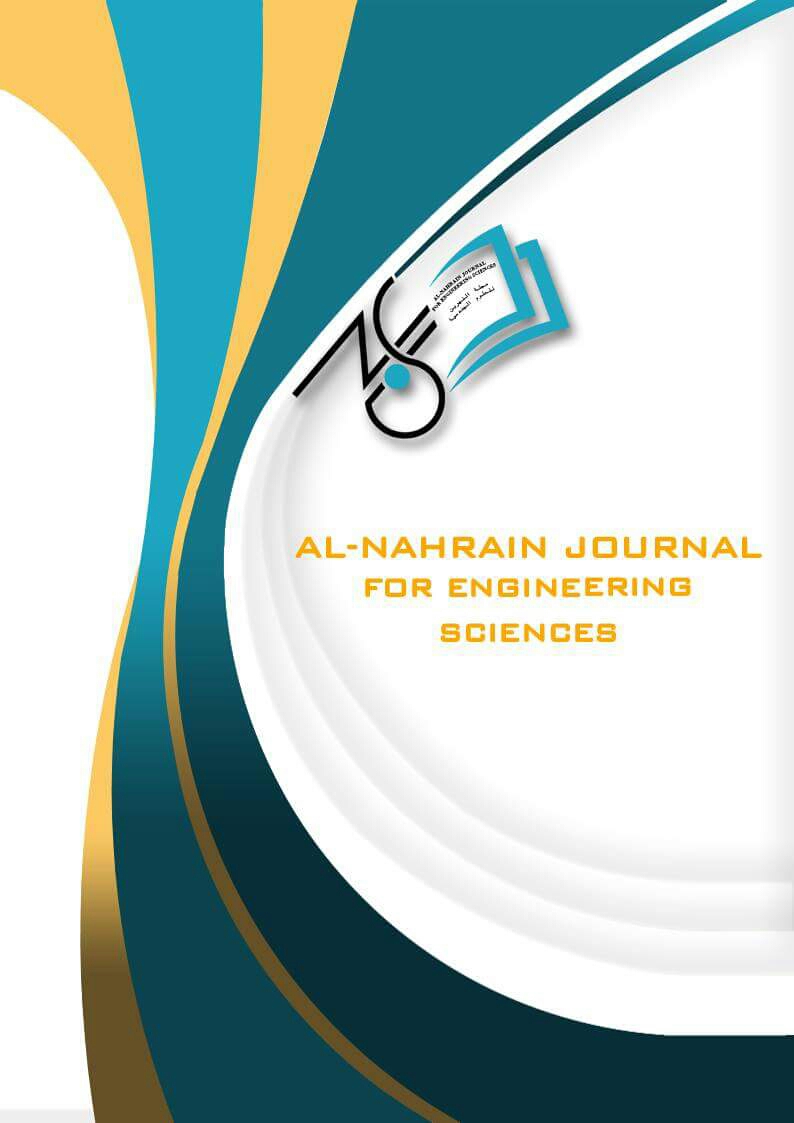Abstract
In this study, both empirical and simulation
approaches were used to estimate capacity of U-turn
movement at median openings of divided arterials.
The empirical approach using regression analysis was
adopted to estimate the best form of the predictive
equation for the U-turn capacity and investigate the
effect of different relevant factors that might affect the
estimated capacity. Simulation approach was used
also to calculate capacity on the basis of the U-SIM
model; this model represents the traffic performance
at U-turn median openings and calculates the number
of turning vehicles with respect to a different
conflicting traffic stream. The results of both
approaches were compared and presented in this
study. A linear model was also recommended as a
relationship between the average total delay of the Uturning
vehicles and the conflicting traffic flow.
approaches were used to estimate capacity of U-turn
movement at median openings of divided arterials.
The empirical approach using regression analysis was
adopted to estimate the best form of the predictive
equation for the U-turn capacity and investigate the
effect of different relevant factors that might affect the
estimated capacity. Simulation approach was used
also to calculate capacity on the basis of the U-SIM
model; this model represents the traffic performance
at U-turn median openings and calculates the number
of turning vehicles with respect to a different
conflicting traffic stream. The results of both
approaches were compared and presented in this
study. A linear model was also recommended as a
relationship between the average total delay of the Uturning
vehicles and the conflicting traffic flow.
Keywords
Traffic engineering; Capacity
